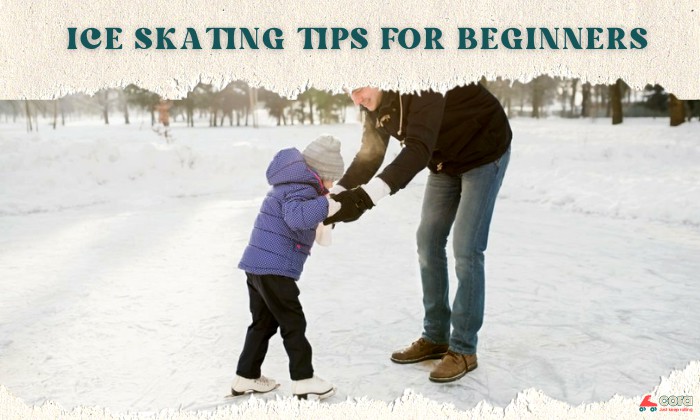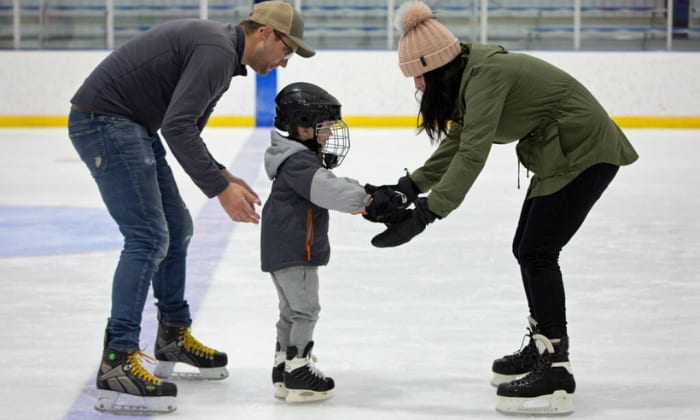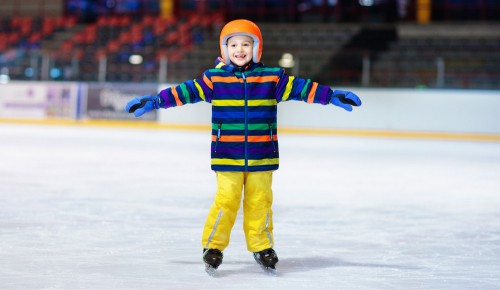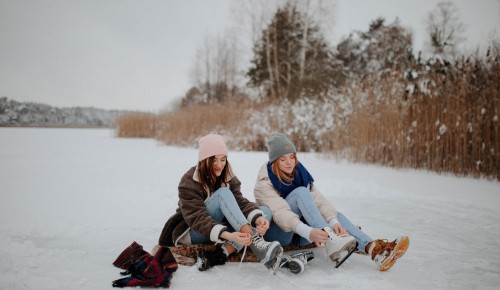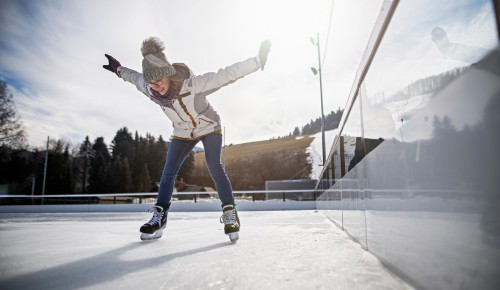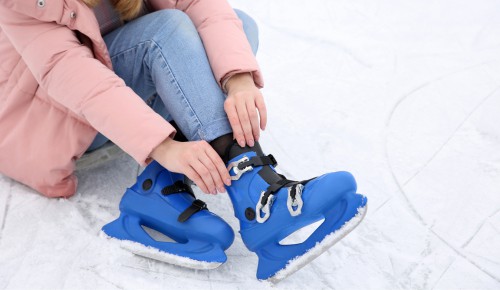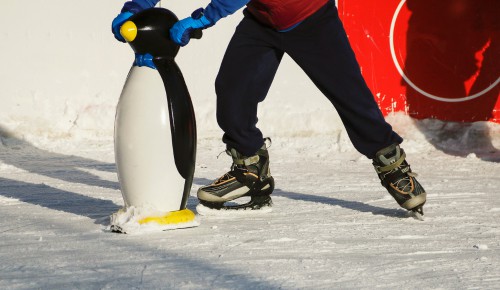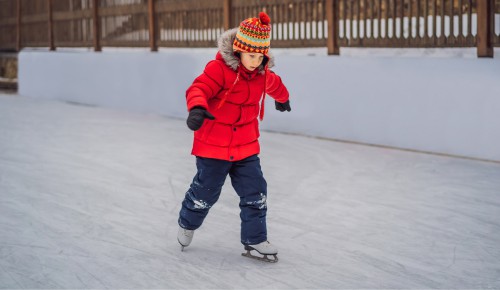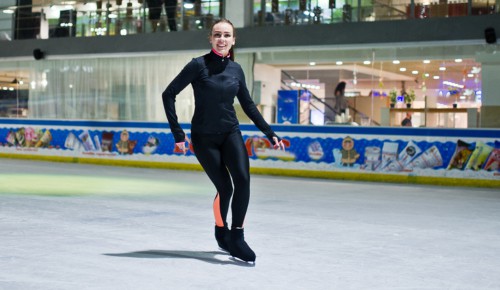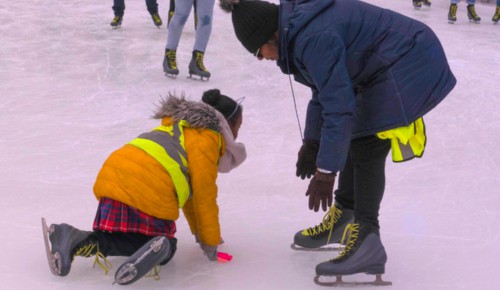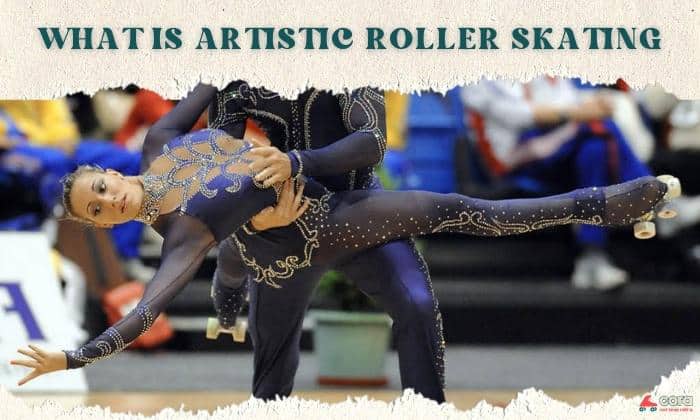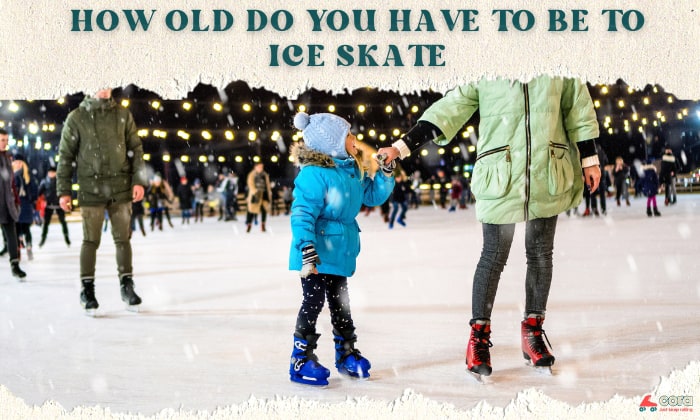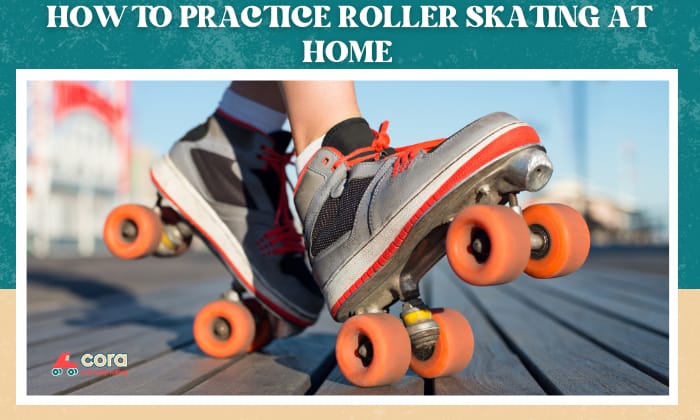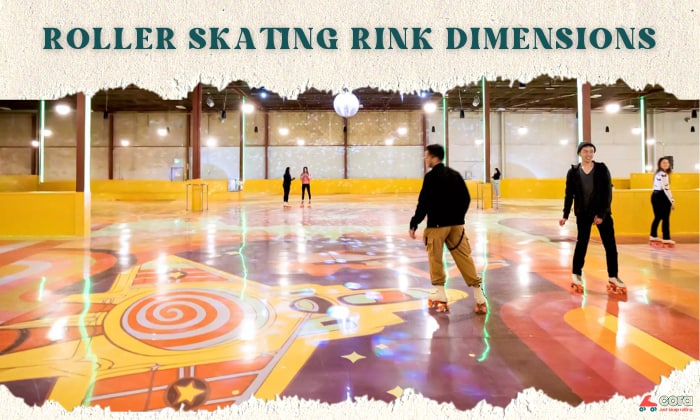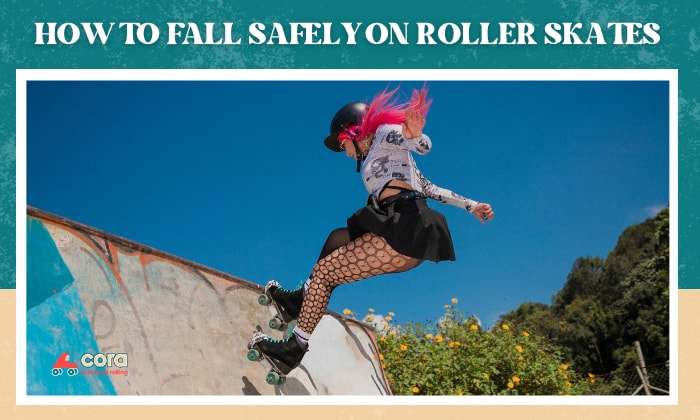In any sport, regardless of difficulty, everyone starts as a beginner. And while the learning curve may not always be the same for every person, the same fundamental skills apply to all.
Let’s take ice skating, for example. Everyone has slipped on icy floors, got bruised, and learned to balance themselves. And if you’re one of those people trying to explore the sport for the first time, let us share these ice skating tips for beginners.
Page Contents
Beginner Ice Skating Tips and Tricks
It’s easy to solicit advice from people for the first time ice skating. But the challenge rests on which among these pieces of information to use. Here are the most common ice skating tricks and tips we should consider.
1. Wear appropriate clothing.
In anticipation of a cold environment, we should wear adequate layers of clothing before heading to the skating rink. You can begin with a simple shirt, then top it off with a sweater or jacket.
When choosing pants, never wear jeans. These will inhibit your movements and affect your balance. The same concept applies to your socks. Don’t use thick ones. Instead, select a breathable pair that reaches just above the ankle to protect you from blisters.
Last but not least, gloves and hats will be helpful if your hands and head get cold easily. Make sure they are snug, though, since you don’t want these accessories to fall off as you skate.
2. Pick the right skating shoes.
Skating shoes vary in size and style.
In picking a size, we should find a pair that offers a snug fit. Wearing a smaller one causes bruises, while wearing a pair beyond your range will expose you to injury.
How about the shoe style? We have two options in figure skating and hockey styles. But for a beginner, experts will often recommend figure skating shoes. They are more stable and make learning fast and efficient.
However, hockey shoes are also a fine option, since they make running and turning fast easier. The choice is up to you.
3. Find an ideal skating rink.
For beginners, the best skating rink should be smaller and less crowded. This setup will make you more comfortable and reduce the risk of bumping into or injuring other skaters.
But if there is a chance to find any rink with a dedicated space for beginners, that should also help.
Besides the rink’s size, we should look for a skating spot with smooth ice. Such a feature will help us ice skate better and more comfortably.
4. Gear up properly.
After finding the perfect size, remember to ensure the proper fit by tightening the shoe laces firmly.
Begin by lacing firmly, and not too tight, from the bottom. Make a knot halfway to secure the footwear around your ankle. Next, lock the lace at the top end, ensuring it doesn’t loosen anytime during your ride.
Finally, stand and walk on these shoes. This step should help gauge the tightness of the footwear and whether you need to adjust.
5. Use an ice skating aid.
Of course, not everyone expects beginners to achieve balance as soon as they get on ice. Thus, skating aids should be essential for this skating group, even for beginner adults.
Although most skating aid designs are for kids, these may still be helpful for older skaters. What’s more significant is beginners have something to hold on to when navigating the rink.
Thus, don’t feel bad for using skating aids. They’ll help you gain more confidence as you practice. You can also hold on to the handrail at the rink before learning how to balance without it.
6. Start slow
Every ice skating guide requires skaters to begin skating slowly while feeling the ice surface.
And how do we achieve a perfect slow launch on ice? Begin marching on the rink. You don’t have to slide too soon. Our goal for this step is to break into the skating shoes.
Next, we start gliding. That’s when our first slides happen. Keep pushing with both feet. Once comfortable, try going faster and stopping by turning the toes inwards and the heels out.
7. Observe the correct skating posture.
Although skating aids help us achieve balance, we’d have to be good at ice skating without them soon.
Hence, we should learn how to execute maximum stability without aids but through appropriate posture. How?
First, we keep our heads up, shoulders back, and stand straight. Never look down. Instead, face your intended direction. Next, keep your arms near your body. Spreading them like riding a skateboard could compromise your balance.
Lastly, bend your knees slightly as a lower center of gravity yields more balance.
8. Learn how to fall.
Falling or tripping in an ice skating rink could happen more frequently than expected with beginner ice skaters.
Thus, mastering the steps to fall safely after sudden or accidental stops when ice skating is essential for this skating group. This skill will not only help us learn better but also reduce the risks of injury.
Here are a few things to remember:
- Put your hands in the front, and bend your knees.
- Stop your movements, then sit down.
- Remember to sit with your legs criss-crossed so that you don’t hit other skaters.
Conclusion
Ice skating brings fun, excitement, and endless learning. But like other sports, it also entails safety issues and risks of injury. The good thing is we now have countermeasures to prevent them.
These ice skating tips for beginners aren’t only random hockey or figure skating tips for safety. These are also some of the most effective ways to master the sport and move forward to more complicated and challenging skills.
Hence, let’s remember all these tips, from the clothing to the footwear, navigating the rink, and going for our first slides. By mastering these, we can be more like the pro ice skaters we once watched.

Harrison is a skating enthusiast who picked up the sport during her student exchange years in Canada. She has been a skating coach for children and teens for 3 years and now holds classes as a freelancer. Harrison entwines her experience leading skating classes in the content published on Cora to help readers fall in love with skating, just like she did.


